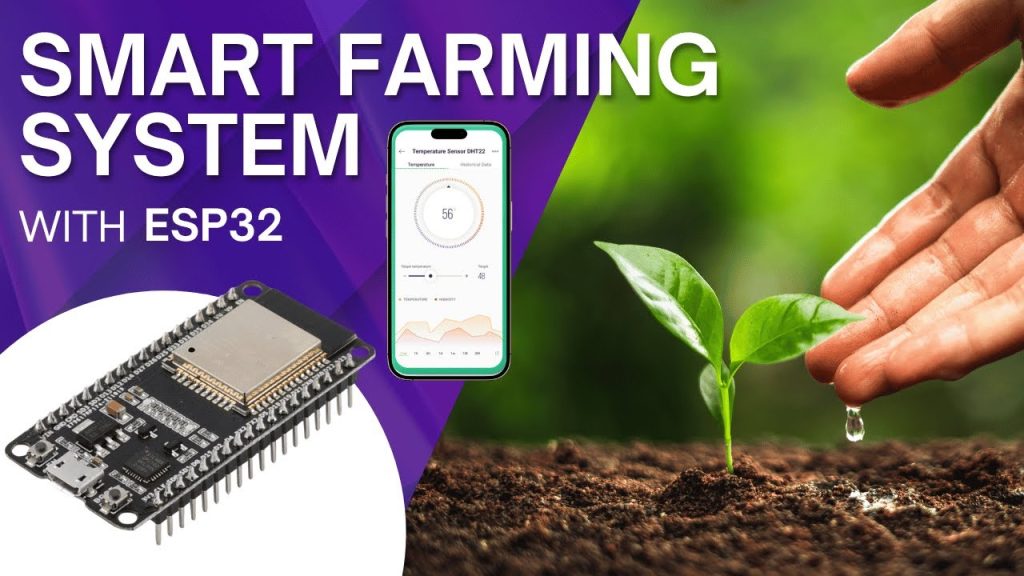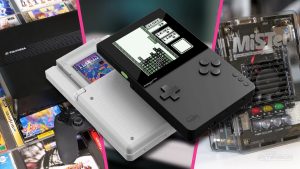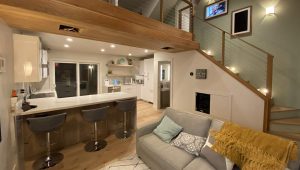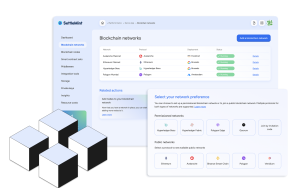Let’s be honest. Finding space to grow food in a city can feel like a puzzle. You’re working with balconies, rooftops, maybe a tiny backyard. But here’s the deal: the right hardware can turn those cramped spots into incredibly productive mini-farms. We’re not just talking about a few pots of herbs. We’re talking about serious, sustainable food production.
This isn’t about having a green thumb—it’s about having the right tools. The technology for urban agriculture has exploded, offering smart, compact, and honestly, pretty cool solutions for the modern city dweller. Let’s dive into the hardware that makes it all possible.
The Foundation: Smart Growing Structures
Before you plant a single seed, you need a home for your plants. And in the city, traditional rows of soil just aren’t an option. That’s where innovative structures come in.
Tiered and Vertical Grow Systems
Think of these as the high-rise apartments of the plant world. They maximize vertical space, which is often the only free space you have. You’ll find a few key types:
- Tower Gardens: These freestanding, cylindrical systems use aeroponics or hydroponics to grow plants out of the sides. They have a surprisingly small footprint—about the size of a patio chair—but can hold 20, 30, even 50 plants.
- Wall Planters: Modular panels that you can attach to a sunny wall or fence. Perfect for strawberries, leafy greens, and a cascade of edible flowers. They turn a blank wall into a living tapestry of food.
- Stackable Planters: Basically Lego blocks for gardeners. These interlocking pots let you build your own custom tower, perfect for a balcony corner.
Compact Greenhouses & Grow Tents
Want to extend your growing season? Or protect your precious crops from pigeons and unpredictable weather? A small greenhouse or a grow tent is your answer. These create a controlled microclimate. You know, a mini-ecosystem where you call the shots on temperature and humidity. For rooftop farming, a sturdy, anchored greenhouse is a game-changer. For indoors, a grow tent lets you farm in a spare room or closet, no window required.
The Nuts and Bolts: Core Growing Hardware
Okay, you’ve got the structure. Now, what goes inside it? This is where the real tech magic happens.
Lighting Systems: The Sun, Amplified
Sunlight is a precious commodity in the urban jungle. Shadows from tall buildings can limit your growing potential. That’s why LED grow lights are arguably the most important piece of hardware for consistent yields.
Modern LEDs are a far cry from the clunky, hot, energy-hungry systems of the past. The best ones for small-scale urban farming are full-spectrum LEDs. They mimic the sun’s natural light, providing exactly what plants need for photosynthesis. They’re cool to the touch (so you won’t burn your leaves), incredibly energy-efficient, and can be set on timers for perfect “days” and “nights.” For vertical farms indoors, they are quite simply non-negotiable.
Delivery Systems: Water and Nutrients
Forget hauling a watering can around. Modern urban farms are all about automation and efficiency. The two main approaches are hydroponics and aeroponics.
| System Type | How It Works | Best For |
| Hydroponics | Plant roots sit in a nutrient-rich water solution. A small, submersible pump circulates the water. | Lettuce, herbs, kale, tomatoes. Great for beginners. |
| Aeroponics | Plant roots hang in the air and are misted with a nutrient solution. Uses even less water than hydroponics. | Leafy greens, medicinal herbs. Higher efficiency. |
| Drip Irrigation | A network of small tubes delivers water and nutrients directly to the base of each plant in soil or containers. | Rooftop gardens, raised beds. Simple automation. |
The hardware here includes the reservoir (the bucket or tank holding the water), the water pump, the tubing, and the misters or drippers. It sounds complex, but many beginner-friendly kits have all this pre-assembled. You just plug and play.
The Brains: Sensors and Automation Controllers
This is what separates a 21st-century urban farm from a simple container garden. You can’t be there 24/7 to check on your plants. So, why not let technology do the worrying for you?
Environmental Sensors
These little devices are the eyes and ears of your operation. For a few dozen dollars, you can get sensors that track:
- Light Levels: Is your tomato plant getting enough sun, or does it need a boost from the LED?
- Temperature & Humidity: Critical for preventing mold and ensuring optimal growth.
- Soil Moisture (for traditional pots): This one’s a lifesaver. It tells you exactly when your plants need water, eliminating guesswork.
- Water pH & Nutrient Levels (for hydro/aero): These probes ensure your nutrient mix is perfect, preventing nutrient lockout and sick plants.
The Central Hub
All these sensors feed data to a central controller—often a small box or even just an app on your phone. This is the brain. You can set parameters, and the system will act automatically. If the temperature gets too high, a fan turns on. If moisture drops, the drip irrigation kicks in. It’s like a smart home thermostat, but for your farm.
Putting It All Together: A Real-World Setup
Imagine a typical scenario. You have a 4′ x 4′ balcony. Here’s a potential hardware stack:
- Structure: A 5-foot-tall vertical tower garden system.
- Lighting: A single, compact full-spectrum LED panel mounted above the tower to supplement afternoon shade.
- Delivery: The tower has a built-in 5-gallon reservoir and a small recirculating pump (hydroponics).
- Brains: A simple Wi-Fi smart plug to control the pump and light cycle. A combined temperature/humidity sensor stuck discreetly to the side.
With this setup, you’re growing the equivalent of a 20-square-foot garden in a fraction of the space. And you’re managing it mostly from your smartphone. It’s not science fiction; it’s completely accessible right now.
The Tangible Benefits — Beyond the Harvest
Sure, the fresh, hyper-local food is the obvious payoff. But the hardware itself delivers some profound advantages.
Water conservation is a massive one. Hydroponic systems use up to 90% less water than traditional soil gardening because the water is recirculated, not lost to evaporation or runoff. In an era of increasing water scarcity, that’s not just efficient—it’s responsible.
Then there’s pace and predictability. These controlled environments can accelerate plant growth. You’re eliminating stressors like pests, droughts, and cold snaps. You can harvest lettuce in weeks, not months. For a small-scale urban farmer, that consistency is everything.
Finally, it’s about reclaiming a connection. In a world of concrete and screens, this hardware gives you a direct, tangible link to the food you eat. There’s a quiet satisfaction in building a system, watching it hum along, and then eating a salad that literally grew in your living room.
Final Thoughts
The future of urban agriculture isn’t about finding more land. It’s about farming smarter within the space we have. The hardware—the towers, the LEDs, the smart sensors—are the brushes and chisels for this new canvas. They empower anyone, regardless of experience or space, to participate in a more resilient food system.
It’s a quiet revolution, happening on balconies and rooftops, one harvested leaf at a time.






More Stories
Hardware Modifications for Retro Gaming Console Preservation
The Hunt for Digital Ghosts: Inside the World of Rare Hardware Collecting and Preservation
A Beginner’s Guide to Choosing the Right Processor for Your Needs in 2025